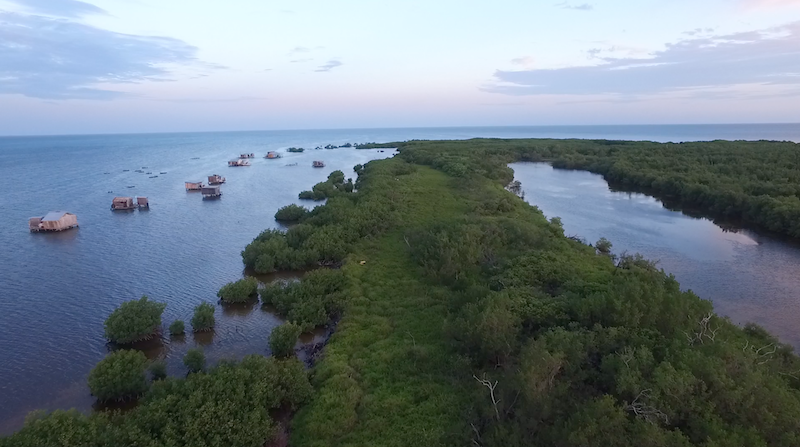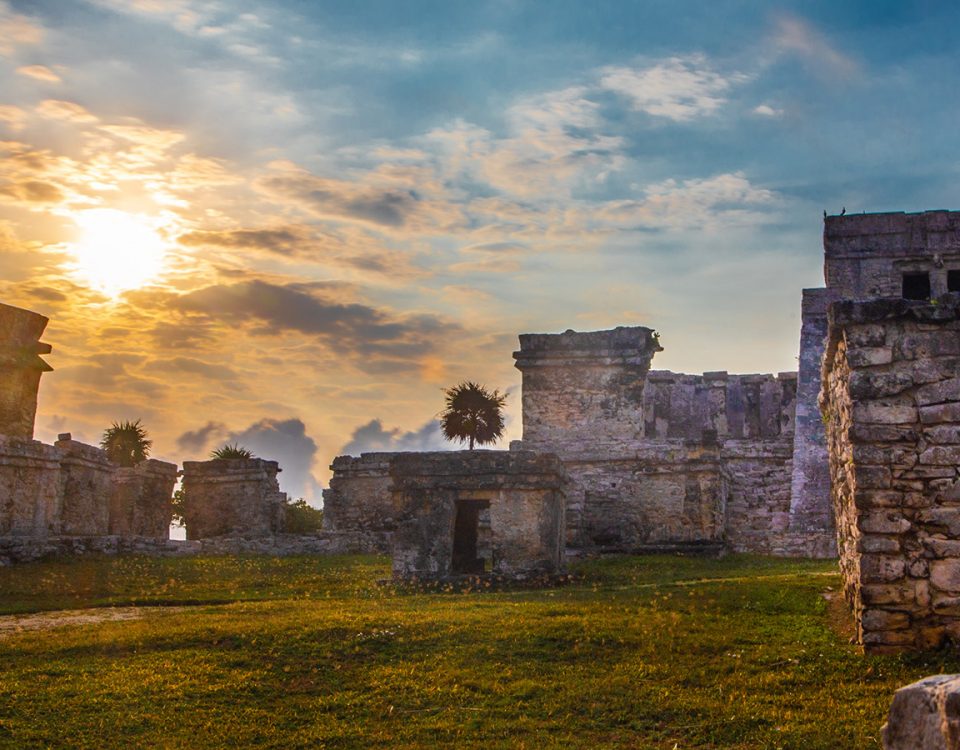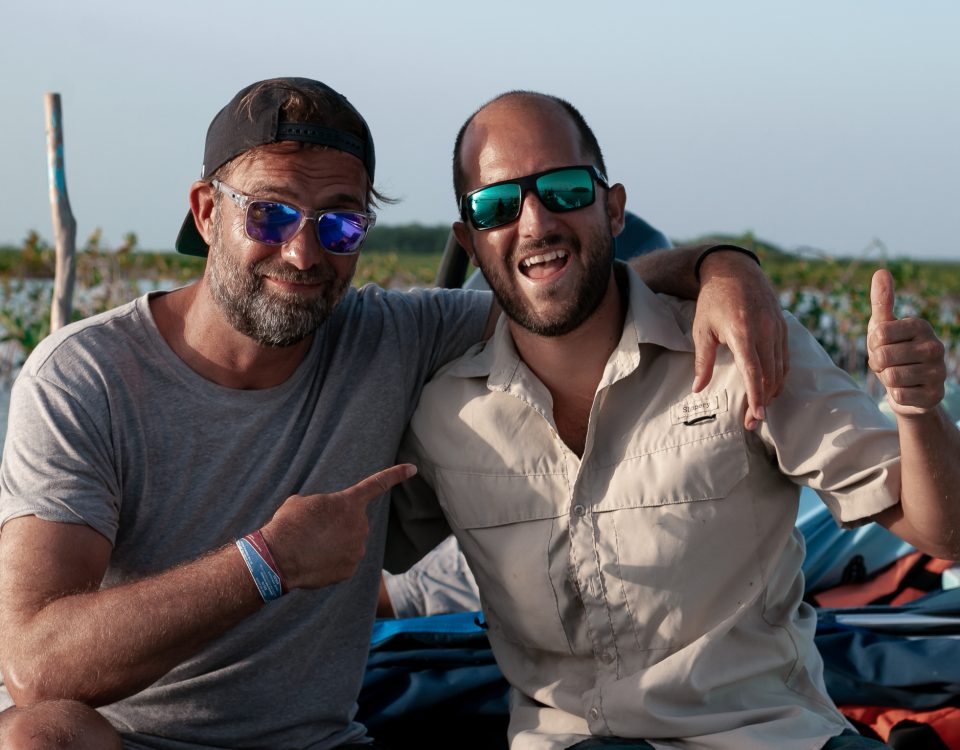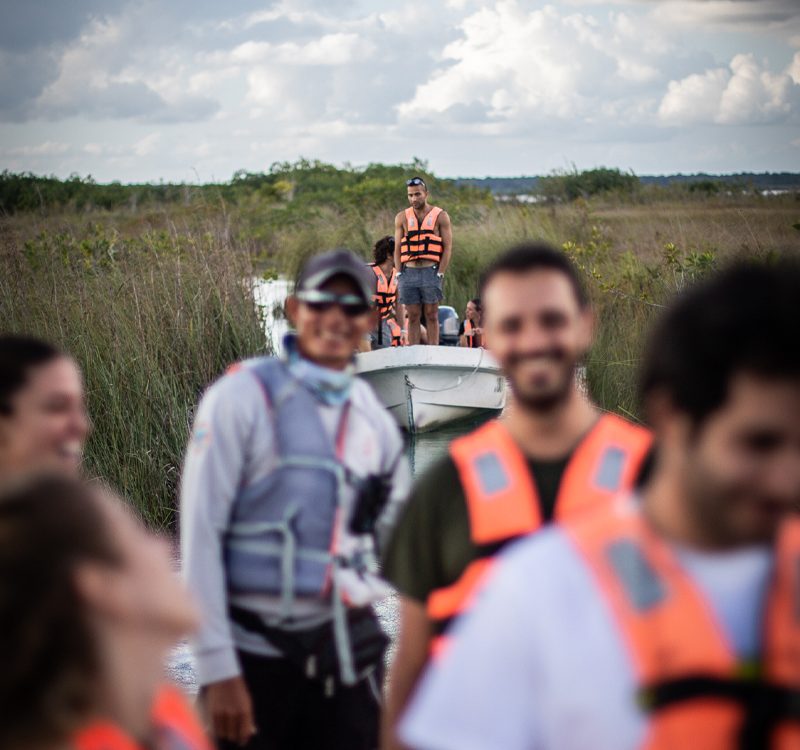Crocs encounter in Chinchorro

Sargassum: a common concern
May 28, 2018
SEAWEED: An eye opening gift from mother nature.
May 30, 2019Wild Adventure with Crocs in Chinchorro
How many of us look for the thrill of exploring off the beaten path destinations, natural areas full with wildlife and visited by few? Isn’t that the El Dorado of us travelers?
Look no further because Banco Chinchorro is one of those hot spots that will not disappoint and will fulfill the expectations of your inner explorer.
Banco Chinchorro is an atoll reef located in the southeast section of the Yucatan Peninsula on the Caribbean coast of Mexico near the Mexico-Belize border. It was designated a UNESCO World Heritage Site in 2004 and is home to a number of, explored and unexplored, historical and modern shipwrecks (there are even two Spanish Galleons!). It is the largest atoll in the Northern hemisphere and the only one in Mexican waters.

Chinchorro covers a vast area of over 144,866 Ha and encompasses a variety of ecosystems, both marine and terrestrial, including open water to seagrass bed and coral reefs, to mangroves and sandy beaches. It is considered one of the most outstanding marine sites in the region. Banco Chinchorro is the biggest platform type reef complex system in Mexico and because of its isolated position, it represents well-preserved natural ecosystems. Without a doubt, Banco Chinchorro is one of the last unspoiled marine destinations of this part of the World.
Chinchorro was made World famous when, in 1975, the great Jacques Cousteau sailed from Isla Mujeres, in the north of the Yucatan Peninsula, to Chinchorro. The incredible marine life diversity, amazing water clarity, and beautiful and complex reef structures lead Cousteau to refer Chinchorro as the “best diving in the World.”
With over 90 species of corals, 200 different species of fish, endemic orange iguanas, and the densest population of crocodiles in the world (with an estimation of more than 700 individuals in one of the small shallow lagoons), no wonder Jacques Cousteau was amazed by what he saw, and many following his original exploratory dives have felt the same rush.

Chinchorro houses a community of local fishermen, some of them living in stilt houses about 60 to 100 meters offshore. There is something very peaceful and enlightening about sleeping in these structures, 20 nautical miles from the closest continental land structure, with no access to the power grid, running water, cell reception or internet. The nights are mind-blowing, with a starry spectacle that very few have had the privilege to enjoy, and a silence only broken by the sounds of the waves or the ocean breeze. It certainly helps to put priorities in perspective and to appreciate the little things in life that aren’t available out in Chinchorro!

The highlight of my visit to Chinchorro was, without a doubt, the opportunity to be face to face with one of the most ancient reptiles on Earth, the American Crocodile (Crocodylus acutus). The thrill of being in the water with an apex predator is difficult to explain, but watching how the crocs moved in the water, how they observed and how fast they reacted to different situations, only gave me an even greater respect for these beautiful, and often mislabelled, species. They are truly what I expected from ancient marine dinosaurs!
American crocodiles are one of the larger croc species, with males reaching lengths of 20ft (6.1 m) and weighing up to 2000lbs (907kg). If that sounds dramatically big, trust me when I tell you that they are as big as those figures sound when you have them face to face! But at the same time, after the initial rush, I felt a sense of tranquility and calm that was hard to explain, and even harder to justify. I kept reminding myself that I was in front of a croc, and I was in their environment, and I wanted to feel fear, but all I could feel was respect and gratitude for this experience.

This was a once in a lifetime experience- outstanding diving, incredible starry nights to gaze upon, observing huge orange iguanas, but above all, the opportunity to observe and be amazed by American crocs in the water, face to face, swimming next to me, observing and assessing my moves, and gaining even more respect to what I already had for these apex predators. And throughout this experience, I could feel the energy and legacy of Jacques Cousteau, his love for this place and his desire to share it with the rest of the world so we could all enjoy it, admire it, and help to protect it for future generations.
Click here to book a trip with crocodiles in Banco Chinchorro.
Daniel Ponce




